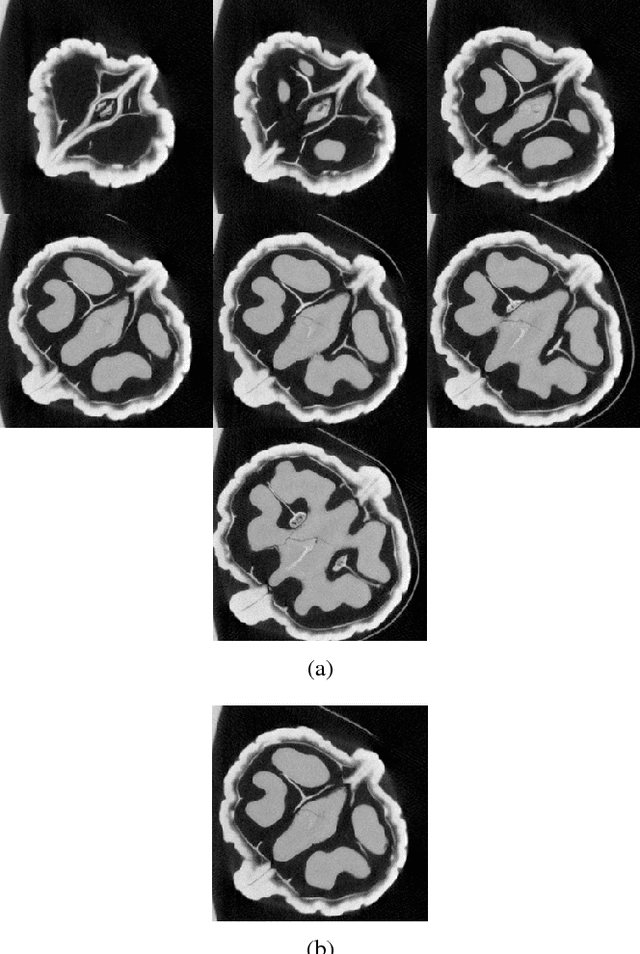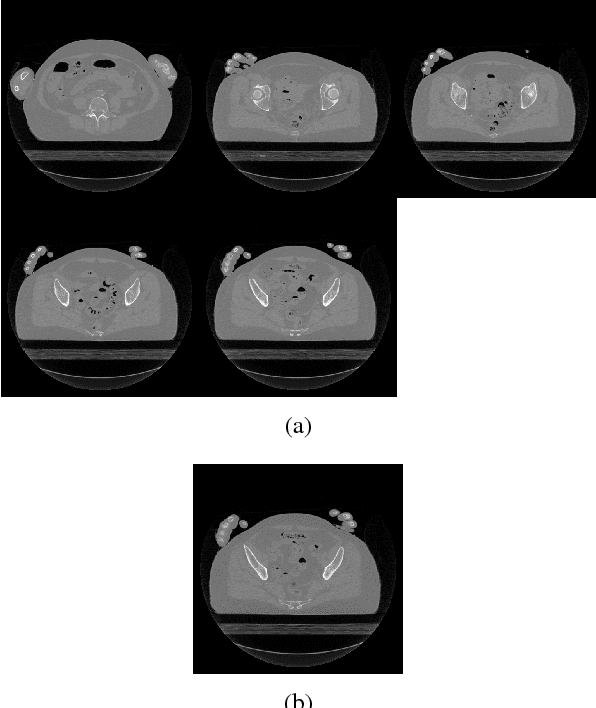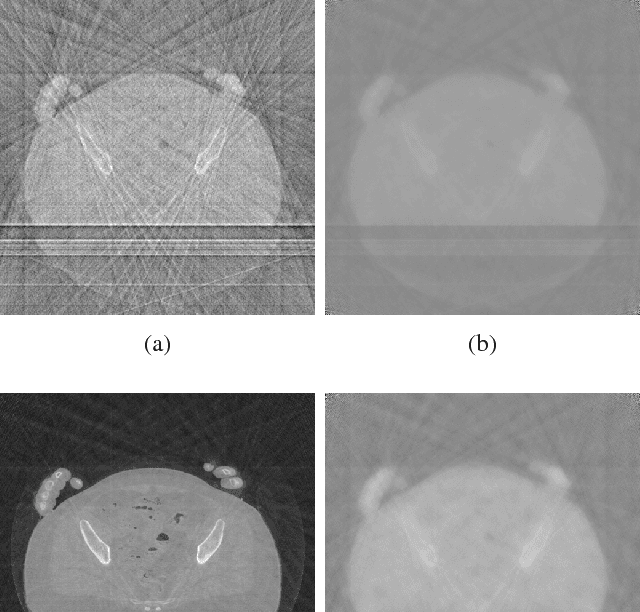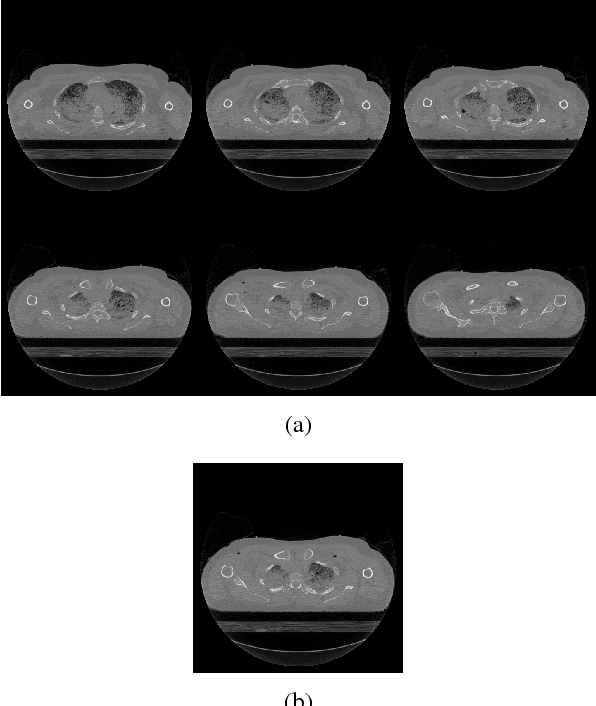Preeti Gopal
Latent Enhancing AutoEncoder for Occluded Image Classification
Feb 10, 2024Abstract:Large occlusions result in a significant decline in image classification accuracy. During inference, diverse types of unseen occlusions introduce out-of-distribution data to the classification model, leading to accuracy dropping as low as 50%. As occlusions encompass spatially connected regions, conventional methods involving feature reconstruction are inadequate for enhancing classification performance. We introduce LEARN: Latent Enhancing feAture Reconstruction Network -- An auto-encoder based network that can be incorporated into the classification model before its classifier head without modifying the weights of classification model. In addition to reconstruction and classification losses, training of LEARN effectively combines intra- and inter-class losses calculated over its latent space -- which lead to improvement in recovering latent space of occluded data, while preserving its class-specific discriminative information. On the OccludedPASCAL3D+ dataset, the proposed LEARN outperforms standard classification models (VGG16 and ResNet-50) by a large margin and up to 2% over state-of-the-art methods. In cross-dataset testing, our method improves the average classification accuracy by more than 5% over the state-of-the-art methods. In every experiment, our model consistently maintains excellent accuracy on in-distribution data.
Low radiation tomographic reconstruction with and without template information
Dec 23, 2019



Abstract:Low-dose tomography is highly preferred in medical procedures for its reduced radiation risk when compared to standard-dose Computed Tomography (CT). However, the lower the intensity of X-rays, the higher the acquisition noise and hence the reconstructions suffer from artefacts. A large body of work has focussed on improving the algorithms to minimize these artefacts. In this work, we propose two new techniques, rescaled non-linear least squares and Poisson-Gaussian convolution, that reconstruct the underlying image making use of an accurate or near-accurate statistical model of the noise in the projections. We also propose a reconstruction method when prior knowledge of the underlying object is available in the form of templates. This is applicable to longitudinal studies wherein the same object is scanned multiple times to observe the changes that evolve in it over time. Our results on 3D data show that prior information can be used to compensate for the low-dose artefacts, and we demonstrate that it is possible to simultaneously prevent the prior from adversely biasing the reconstructions of new changes in the test object, via a method called ``re-irradiation''. Additionally, we also present two techniques for automated tuning of the regularization parameters for tomographic inversion.
Tomographic reconstruction to detect evolving structures
Sep 11, 2019



Abstract:The need for tomographic reconstruction from sparse measurements arises when the measurement process is potentially harmful, needs to be rapid, or is uneconomical. In such cases, information from previous longitudinal scans of the same object helps to reconstruct the current object while requiring significantly fewer updating measurements. Our work is based on longitudinal data acquisition scenarios where we wish to study new changes that evolve within an object over time, such as in repeated scanning for disease monitoring, or in tomography-guided surgical procedures. While this is easily feasible when measurements are acquired from a large number of projection views, it is challenging when the number of views is limited. If the goal is to track the changes while simultaneously reducing sub-sampling artefacts, we propose (1) acquiring measurements from a small number of views and using a global unweighted prior-based reconstruction. If the goal is to observe details of new changes, we propose (2) acquiring measurements from a moderate number of views and using a more involved reconstruction routine. We show that in the latter case, a weighted technique is necessary in order to prevent the prior from adversely affecting the reconstruction of new structures that are absent in any of the earlier scans. The reconstruction of new regions is safeguarded from the bias of the prior by computing regional weights that moderate the local influence of the priors. We are thus able to effectively reconstruct both the old and the new structures in the test. In addition to testing on simulated data, we have validated the efficacy of our method on real tomographic data. The results demonstrate the use of both unweighted and weighted priors in different scenarios.
Learning from past scans: Tomographic reconstruction to detect new structures
Dec 23, 2018



Abstract:The need for tomographic reconstruction from sparse measurements arises when the measurement process is potentially harmful, needs to be rapid, or is uneconomical. In such cases, prior information from previous longitudinal scans of the same or similar objects helps to reconstruct the current object whilst requiring significantly fewer `updating' measurements. However, a significant limitation of all prior-based methods is the possible dominance of the prior over the reconstruction of new localised information that has evolved within the test object. In this paper, we improve the state of the art by (1) detecting potential regions where new changes may have occurred, and (2) effectively reconstructing both the old and new structures by computing regional weights that moderate the local influence of the priors. We have tested the efficacy of our method on synthetic as well as real volume data. The results demonstrate that using weighted priors significantly improves the overall quality of the reconstructed data whilst minimising their impact on regions that contain new information.
Tomographic Reconstruction using Global Statistical Prior
Dec 06, 2017



Abstract:Recent research in tomographic reconstruction is motivated by the need to efficiently recover detailed anatomy from limited measurements. One of the ways to compensate for the increasingly sparse sets of measurements is to exploit the information from templates, i.e., prior data available in the form of already reconstructed, structurally similar images. Towards this, previous work has exploited using a set of global and patch based dictionary priors. In this paper, we propose a global prior to improve both the speed and quality of tomographic reconstruction within a Compressive Sensing framework. We choose a set of potential representative 2D images referred to as templates, to build an eigenspace; this is subsequently used to guide the iterative reconstruction of a similar slice from sparse acquisition data. Our experiments across a diverse range of datasets show that reconstruction using an appropriate global prior, apart from being faster, gives a much lower reconstruction error when compared to the state of the art.
 Add to Chrome
Add to Chrome Add to Firefox
Add to Firefox Add to Edge
Add to Edge